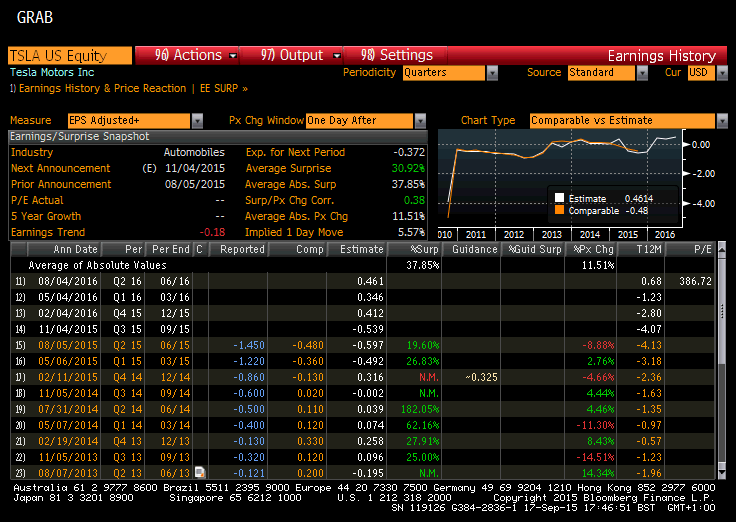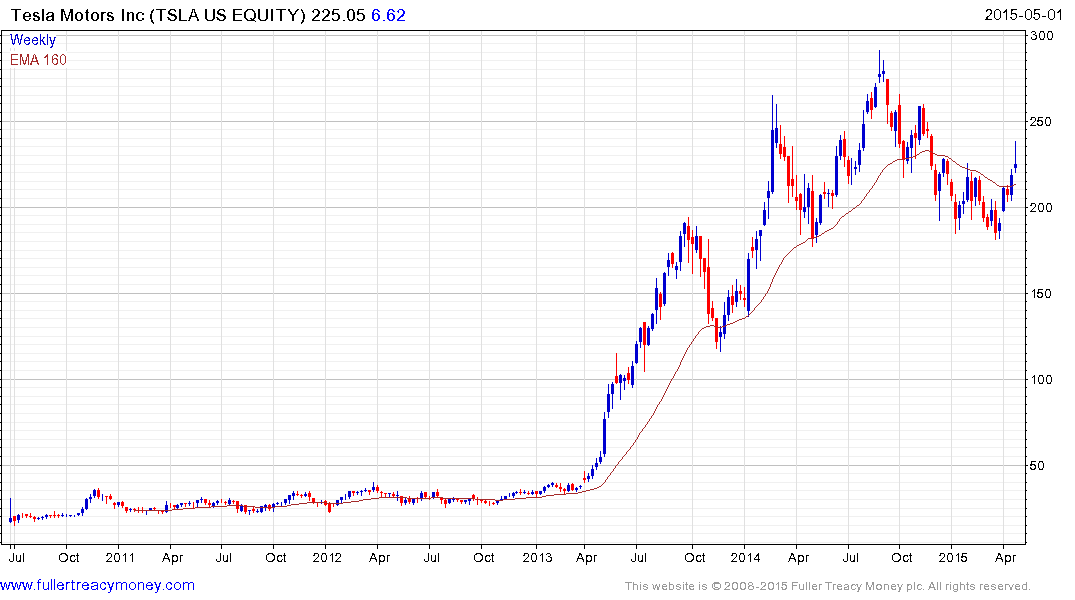CATL Says New Super Strong Battery May Power Electric Flight
This article from Bloomberg may be of interest to subscribers. Here is a section:
Eoin Treacy's view -China’s Contemporary Amperex Technology Co. Ltd., known as CATL, unveiled its strongest battery to date Wednesday, saying that it could one day be used to power electric aircraft.
The battery, which loads more power into a smaller package, has an energy density of 500 watt-hours per kilogram, CATL’s Chief Scientist Wu Kai said during a presentation at the Shanghai auto show. CATL’s most recent battery, called Qilin, has an energy density of 255 Wh/kg and can power an electric vehicle for 1,000 kilometers (620 miles) on one charge.The Technology, which CATL calls a condensed state battery, is potentially a breakthrough that will help electrify sectors wed to fossil fuels because existing batteries are either too heavy or unsafe. Still, questions remain about the materials it will use, its cost and ultimate market impact.
CATL has a strong record of leading the way in both scale of manufacturing batteries and innovating on design. The Qilin battery sounded too good to be true when it was announced eighteen months ago but it is going into mass production this year. If China successfully puts a battery in the market with the promised characteristics of a solid state battery it would be a significant technological coup akin to the impact of the iPhone on legacy mobile phone manufacturers.
This section continues in the Subscriber's Area. Back to top





